Mosquitoes in BC: Biology of Main Target Species
Mosquitoes in BC
In our area of British Columbia, the primary mosquito targets are Aedes vexans and Aedes sticticus. Their biology is quite specific to floodwater habitats. Both are somewhat easily identifiable in the field as adults and, when combined with habitat, also easily identifiable in the field as larvae. Generally, if the mosquitoes are so numerous that you can’t help but breathe them in, and they are biting during the heat of the day, you may have at least one of these mosquito types.
Biology of Main Target Mosquito Species
Adult mosquitoes of both species have pointed abdomens. One has cool white bands on its legs and the other has black legs. That’s good enough 9 times out of 10 (that is, if you’re near a flooded area and the mosquitoes are aggressive).
A. vexans tend to come on first as rising water levels flood low-level grasslands associated floodplains. The trigger for their hatching is a rise in water temperature (in northern climes this can be as early as 4C but typically when the water reaches 6-8C).
A. sticticus tend to come on later as water levels reach the wooded riparian zones of the floodplain. The trigger for their hatching includes a decreased DO (and can happen in 1- 2 hours from wetting).
Both species lay their eggs on soils prone to seasonal flooding. As water levels rise the eggs are wetted (covered) and in appropriate conditions are triggered to hatch. This begins the progression to annoying biting adult. In cooler waters this process can take 2-3 weeks, from egg to adult. That provides a 10- 14 day window for effective treatments (we try to target 3rd instar larvae).
As the weather and water warms up, this timeline can be shortened considerably. From the time that eggs are first wetted until the end of the effective treatment window can be as little as 60-70 hours. However, both species can, under certain circumstances, skip the fourth instar and molt directly from third to pupa.
Each time the water levels progress higher, or as sustained water levels increases seepage areas not contiguous with the main river body, new batches of mosquitoes hatch.
A proportion of A. vexans eggs do not require diapause before they are able to hatch. The only requirement is that they are dry for a 3-5 day period. This means that, in suitable conditions, subsequent peaks in water levels that don’t reach the previous high can still produce mosquitoes.
BC Mosquito Control Solutions
These mosquitoes are extraordinarily successful. When field techs are looking for them it’s not uncommon to find them at densities of more than 1000/250ml of water. That can translate to roughly 80 million mosquitoes per hectare of water. Believe us, that’s a lot! In our experience, if you aren’t finding 100+ larvae per dip then you aren’t in the right place.
Have questions? Learn more about our services here or contact us for more info.
BC Mosquitoes: Biology of Main Target Species – additional resources (FAQs):
FAQ_Mosquito_Biology_Disease_Transmission_2020 copy
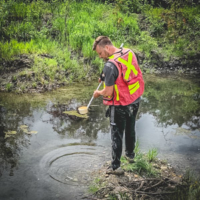

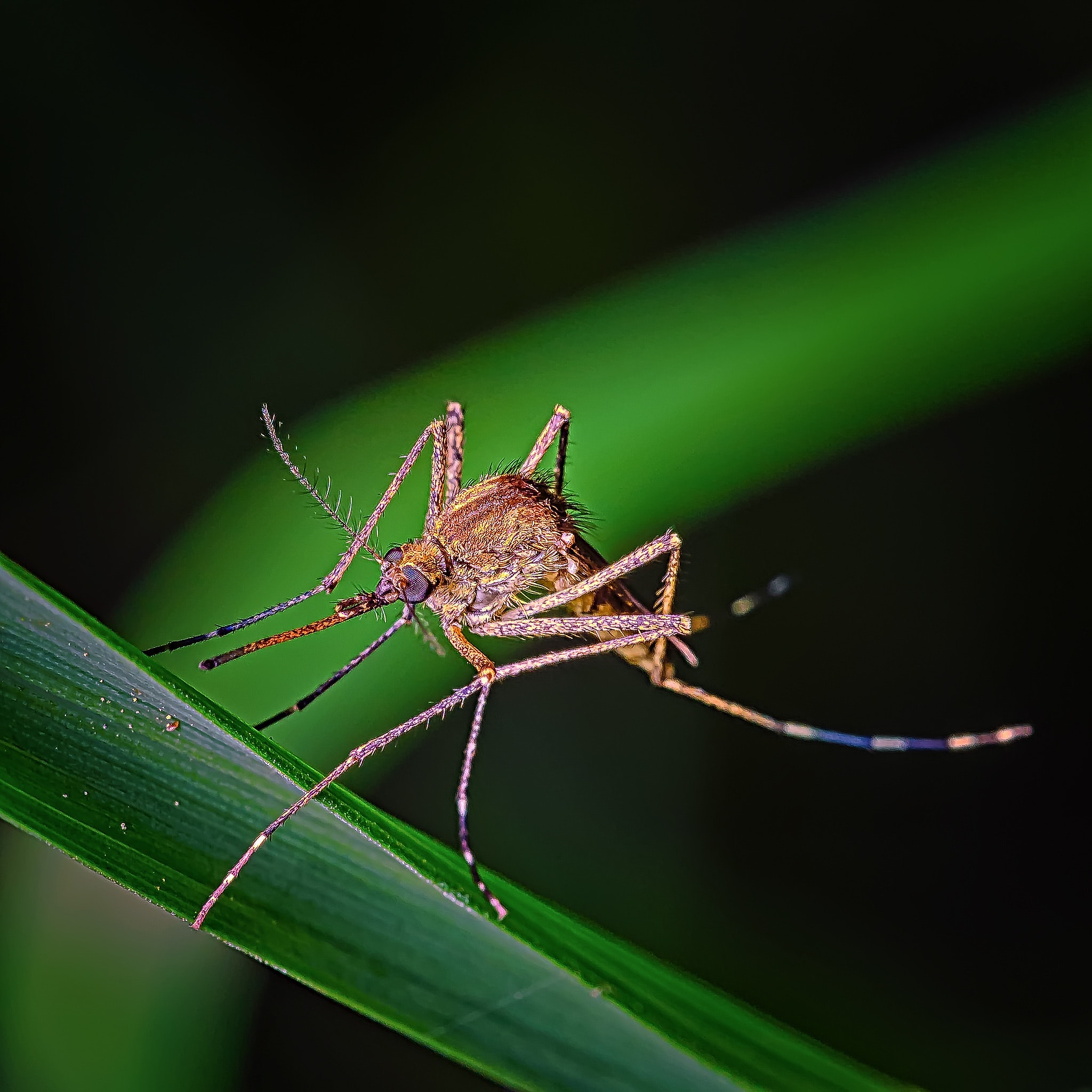
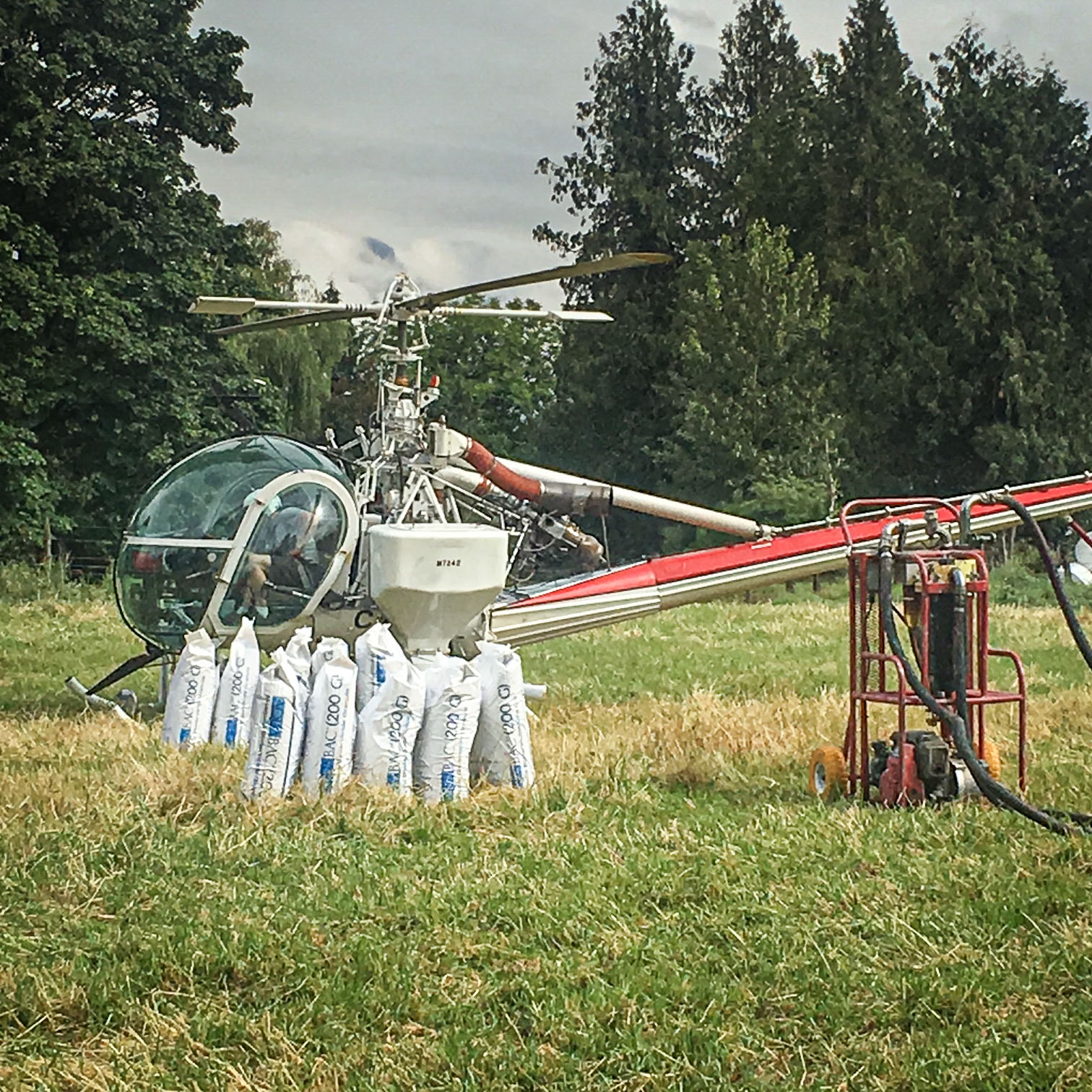
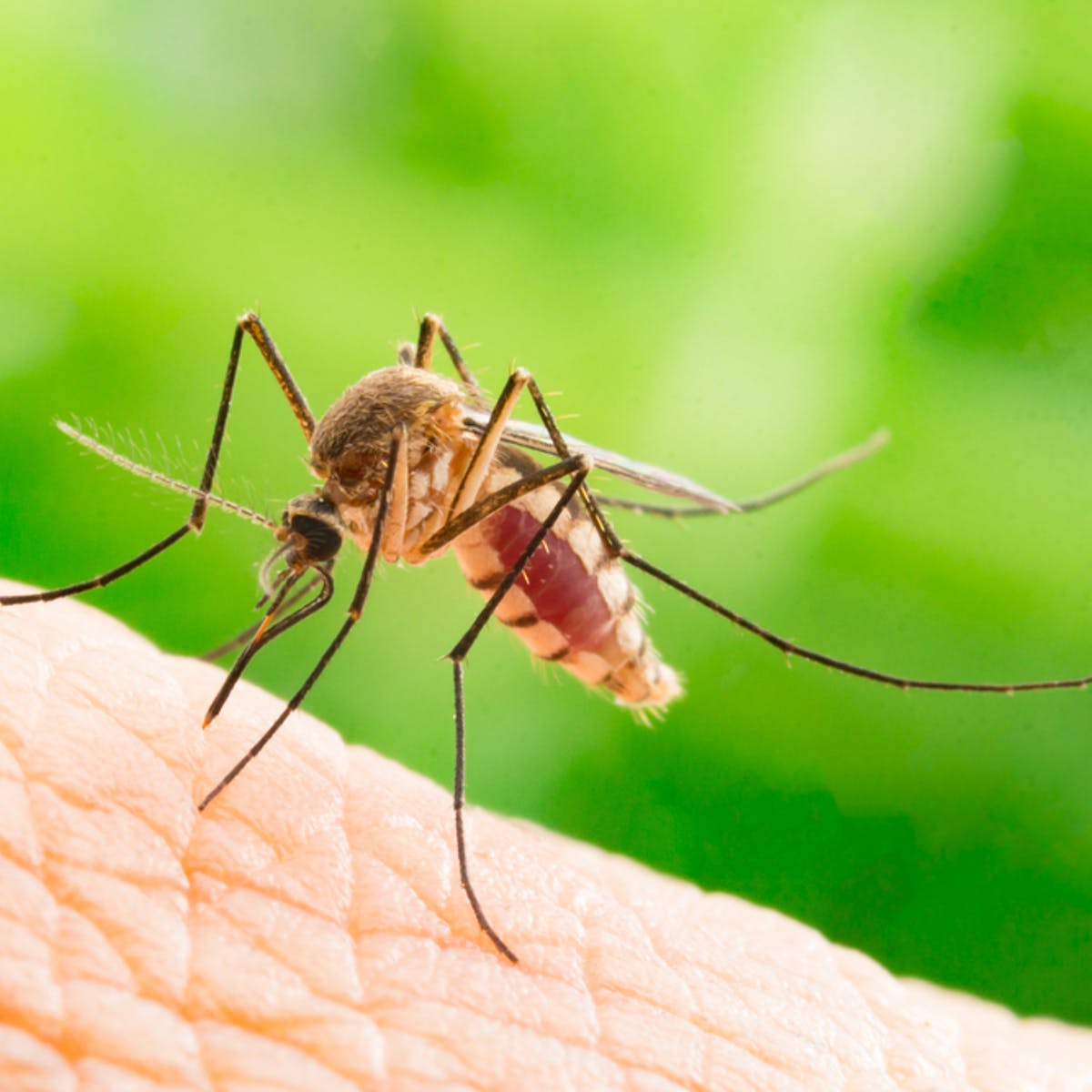

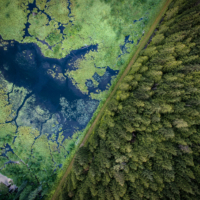
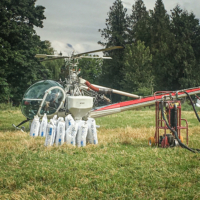
Leave a Reply
Want to join the discussion?Feel free to contribute!